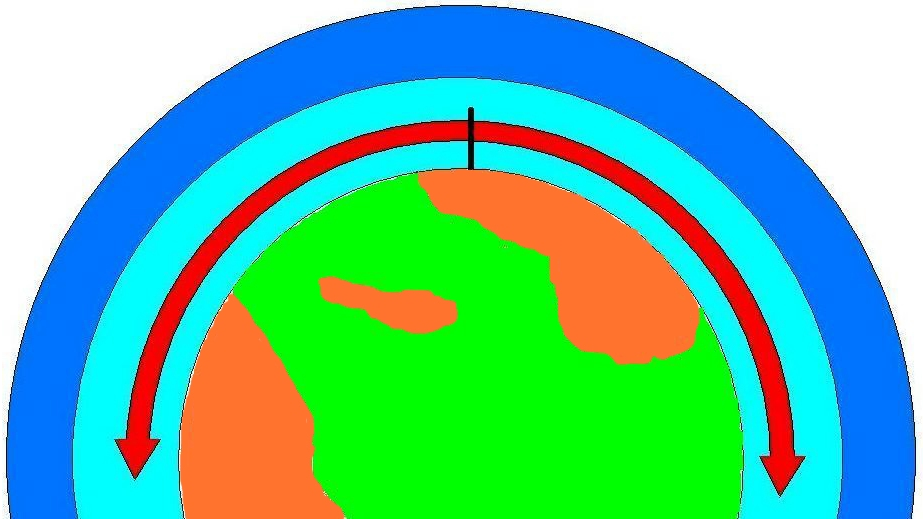This content has been archived. It may no longer be relevant

HF News
This last week looked a lot like a repeat performance of two weeks ago. The majority of the sunspots are in the western hemisphere with very few in the eastern side. This means that the SFI could fall over the next week unless there are sunspots ready to rotate into view to replace those being lost.
A look at the STEREO Ahead spacecraft imagery suggests that there are indeed sunspots over the Eastern limb so all may not be lost.
Overall, the Sun has been quite quiet. There have been no X-class flares and only five M-class flares over the past five days at the time of writing. The Kp index has also been low relatively low, only peaking at four for one three-hour period on January 20th.
As a result, with the SFI in the 200s, HF conditions have been quite good. The MUF over a 3,000km path has been consistently over 28MHz, from around 0830hrs to 1600hrs UTC. The lower HF bands, including 14MHz, 18MHz, 21MHz and 24Mhz, however, do seem to be carrying most of the DX at the moment.
Next week, NOAA predicts that the SFI will remain in the mid-200s. Geomagnetic conditions are also predicted to be good until the end of the month, but a Kp index of five is forecast for January 31st, which could last a few days.
So, we urge you to make the most of the conditions now, before geomagnetic storming, if it occurs, makes a mess of HF as we enter February.
VHF and up
The weather pattern is being driven by a very strong winter jet stream across the Atlantic and this gives scope for rapid development of deep lows and consequent gales and damaging winds.
So, at the end of last week, on Friday, the first big storm hit the northwest of Britain and on Sunday, as this is being broadcast, we may have found the next low in the series is heading for southern Britain on Monday.
This all makes Tropo unlikely for much of the week since it stays unsettled through most of the period, but with the smallest hint of higher pressure trying to return from Thursday.
Rain scatter will probably be worth some consideration on the GHz bands while meteor scatter remains driven by random activity rather than any major showers.
There have been further aurora alerts over the last week and it’s always worth keeping the Kp index in view to monitor any possible chances for aurora; high figures above Kp=4 are a good trigger point to get interested.
Moon declination reaches a minimum in the Northern hemisphere on Sunday when Moon windows are at their shortest and peak Moon elevation is at its lowest.
Path losses are now falling as we passed apogee last Tuesday. 144M/Hz sky noise is high, reaching over 3000 Kelvin on Sunday, before dropping to moderate until Wednesday when the Moon and Sun are very close in the sky for the whole Moon pass. After then it drops to low for the rest of the week.
